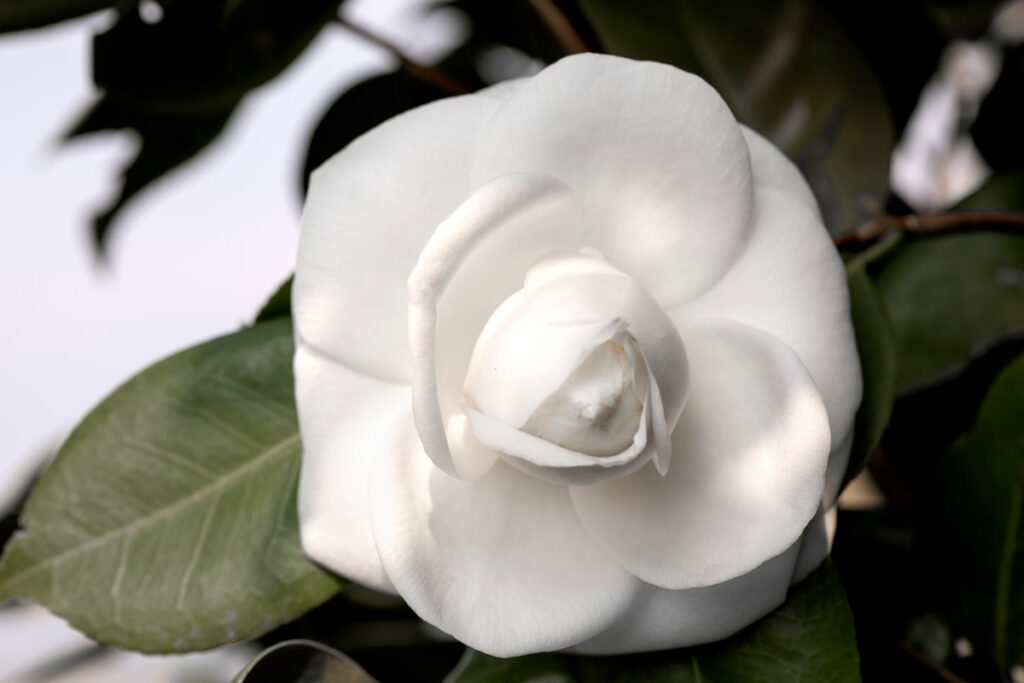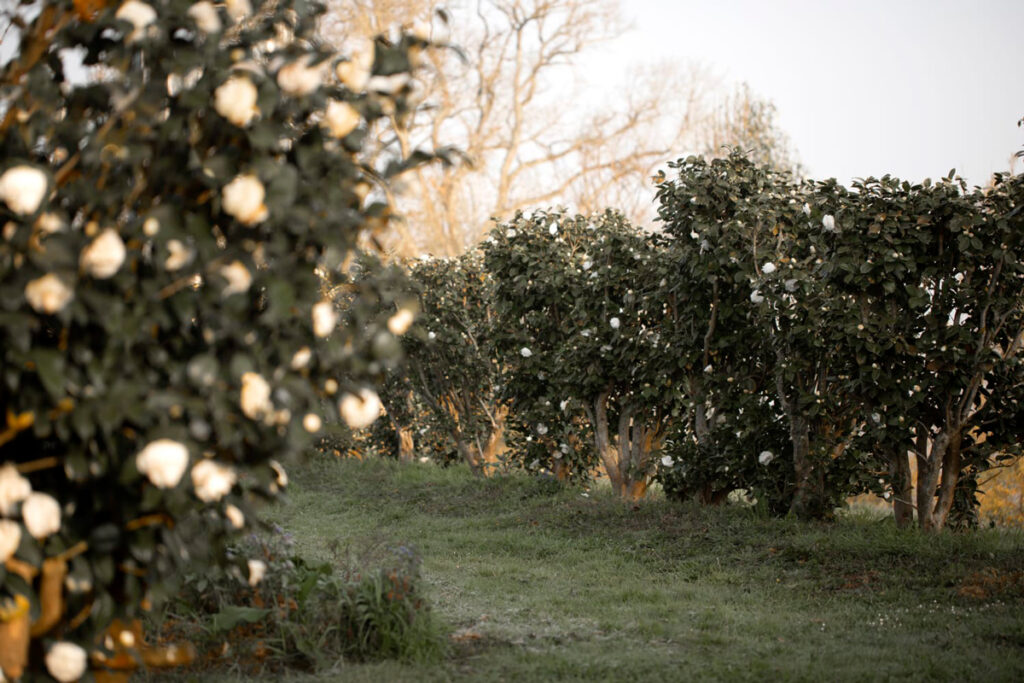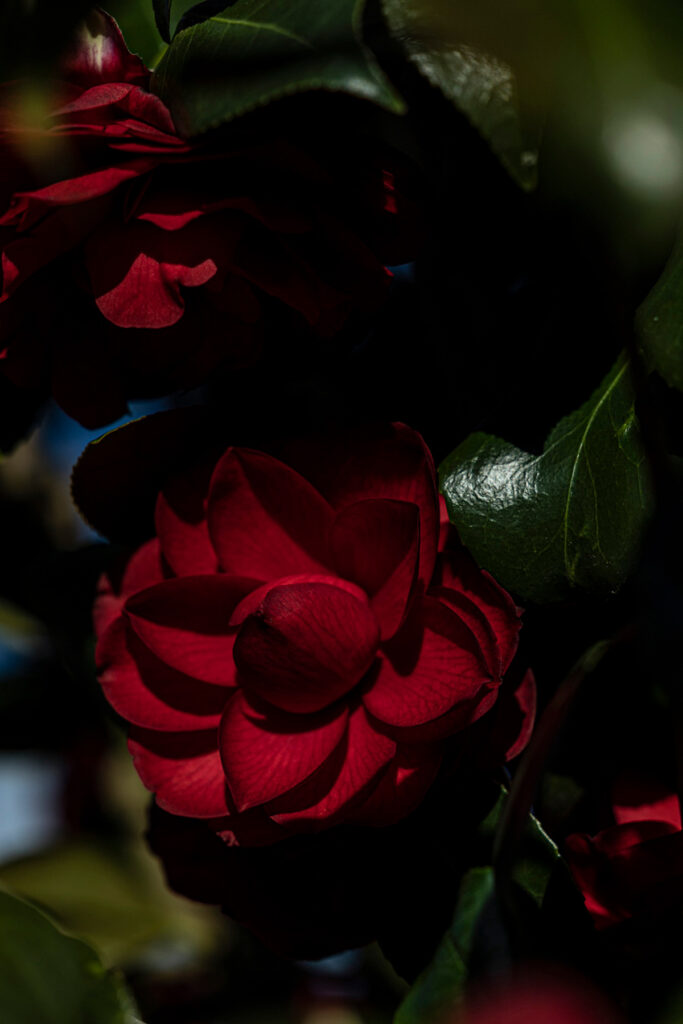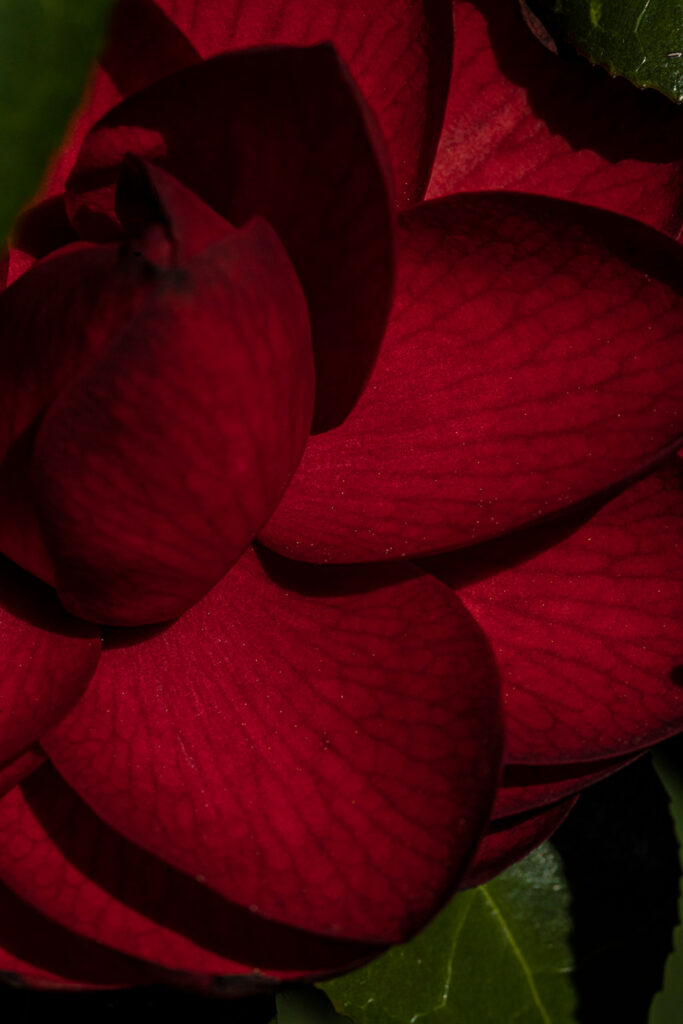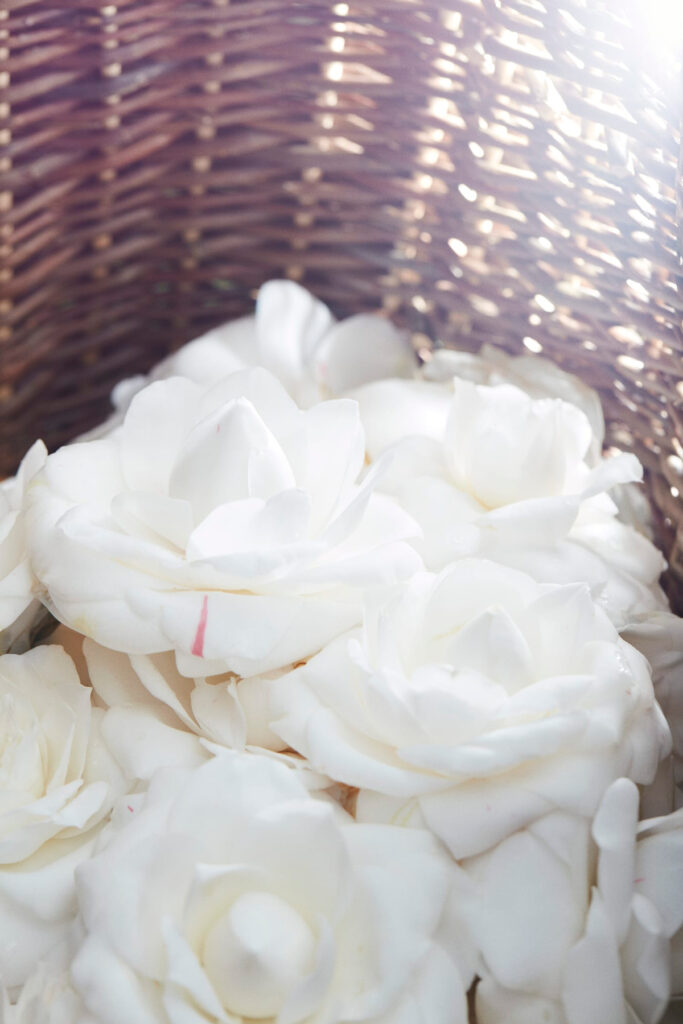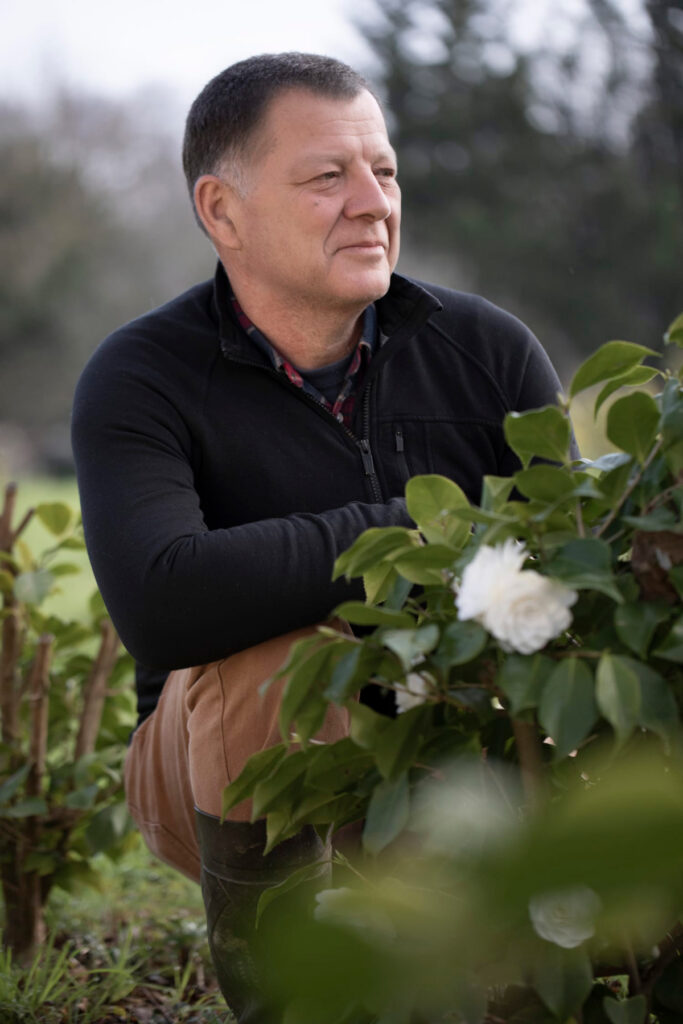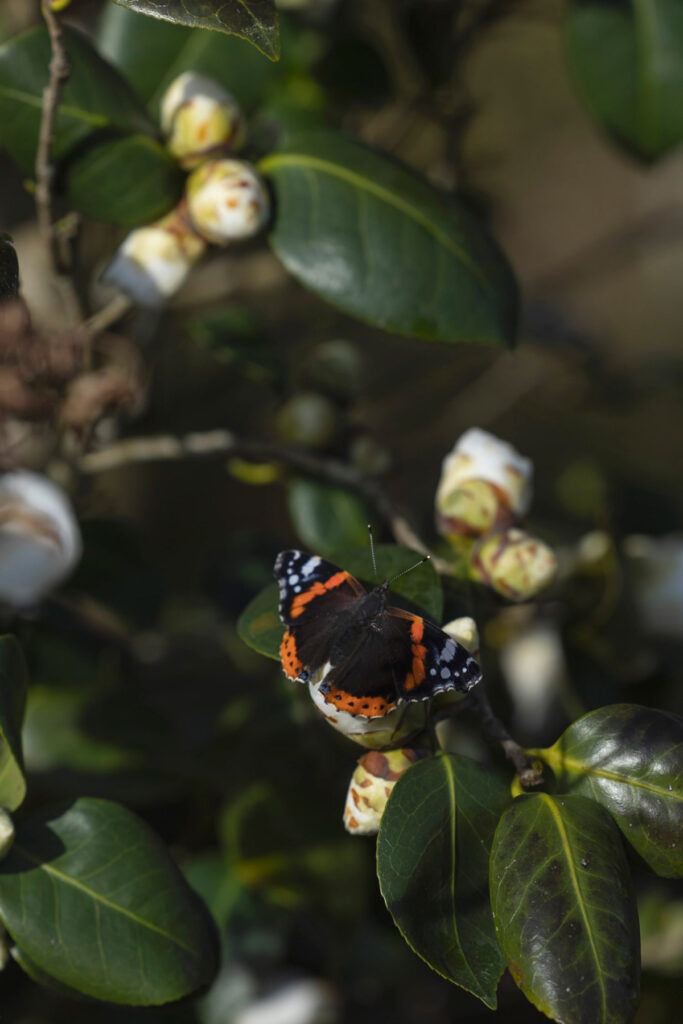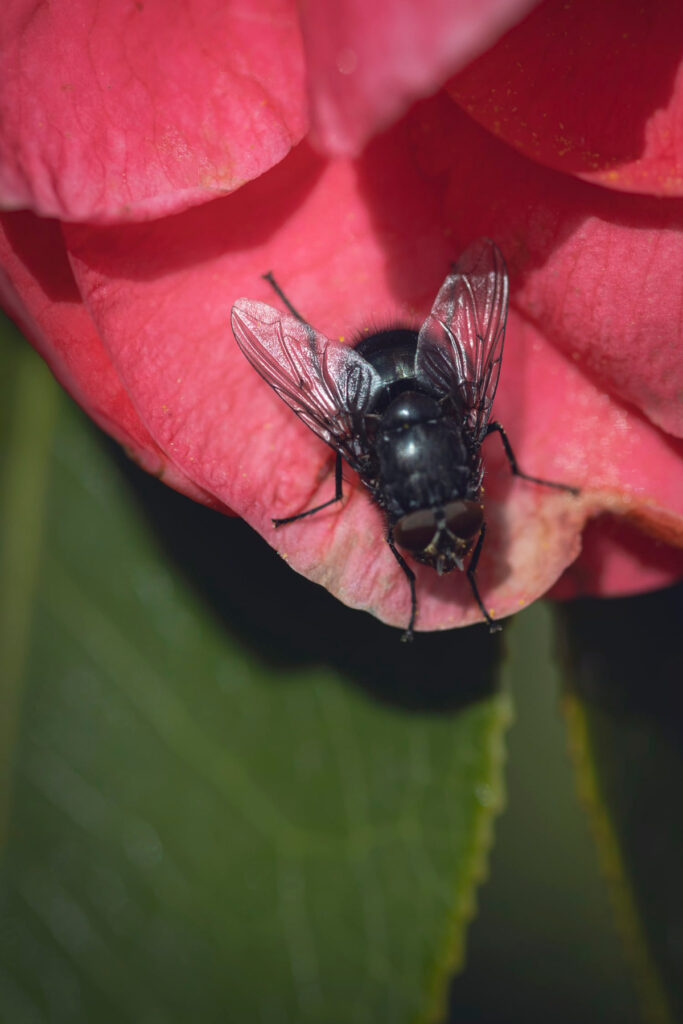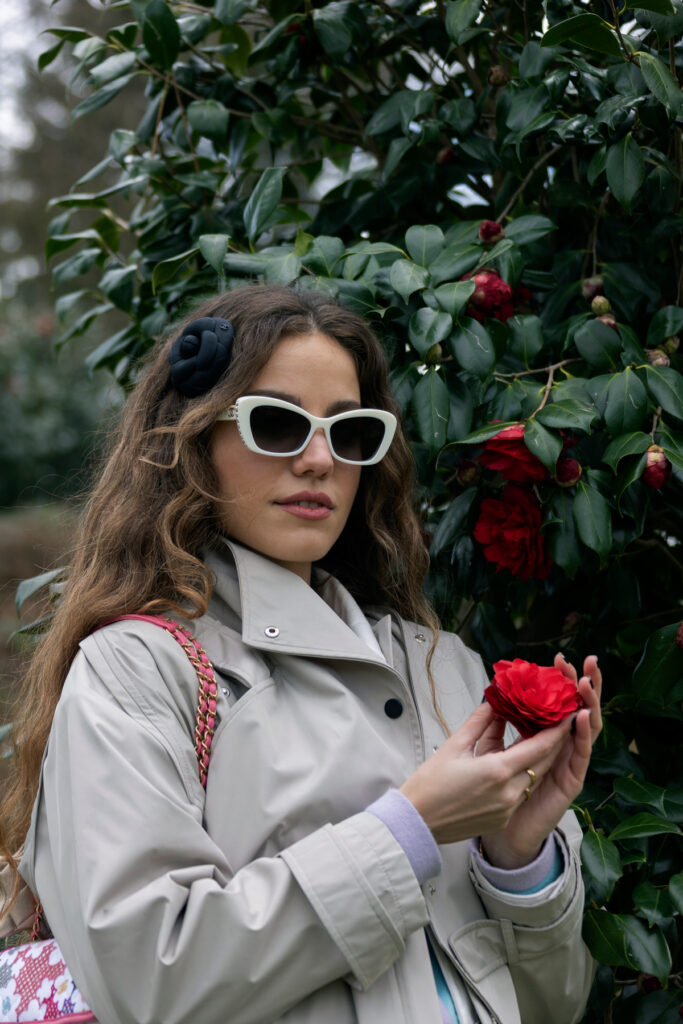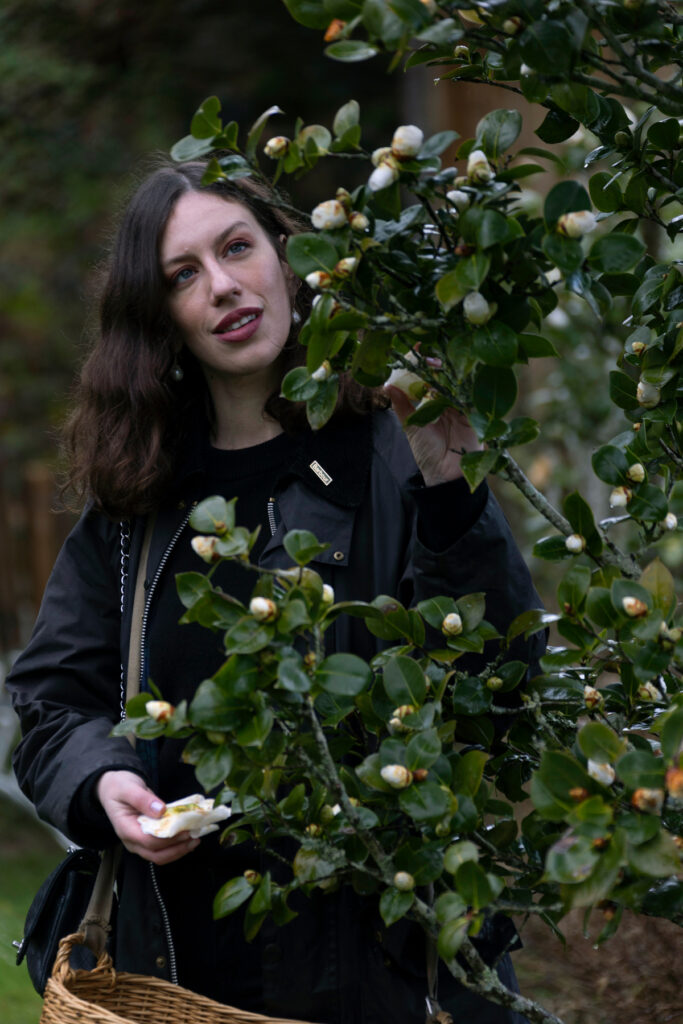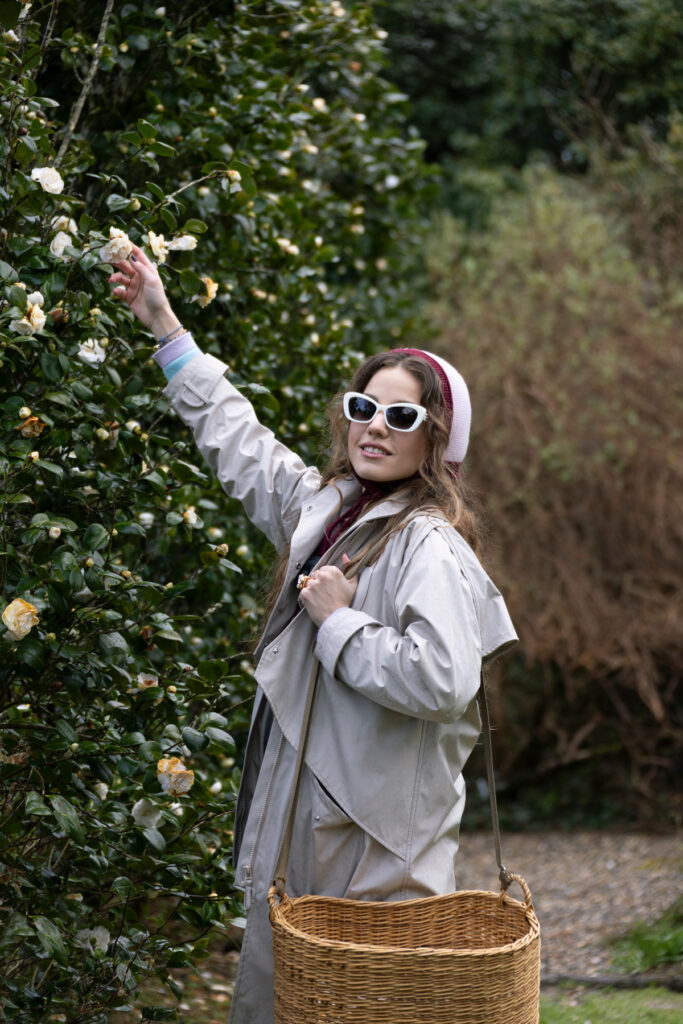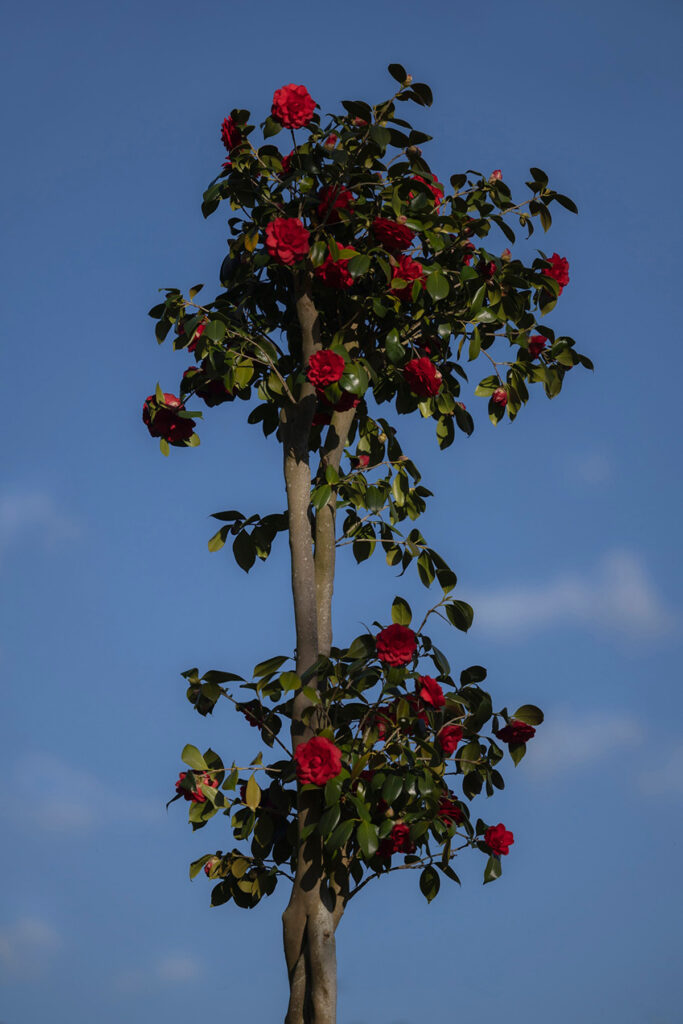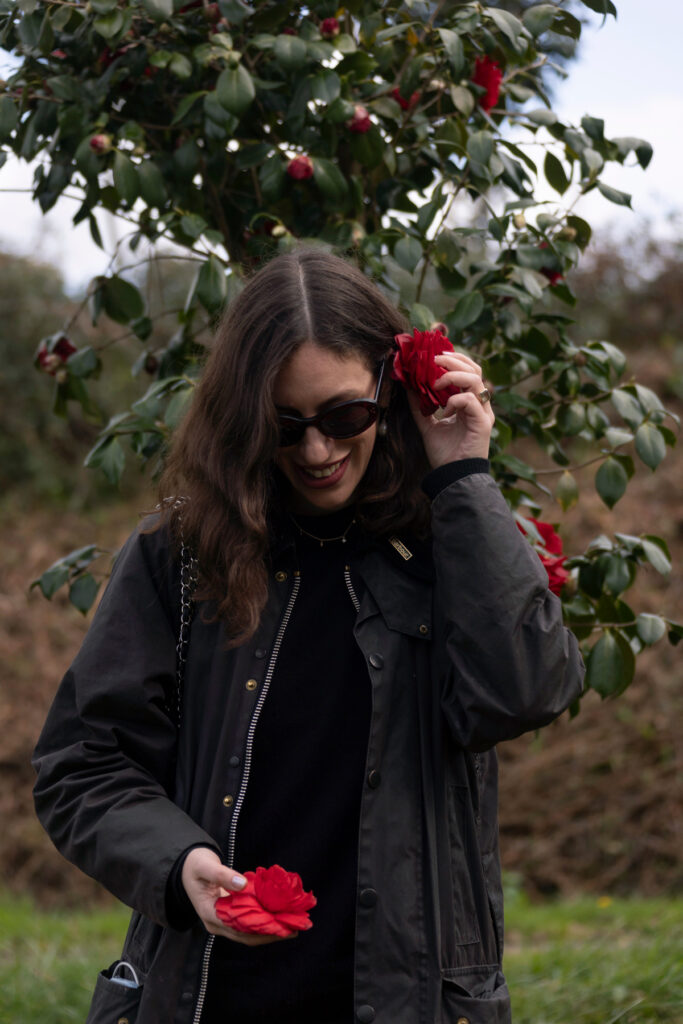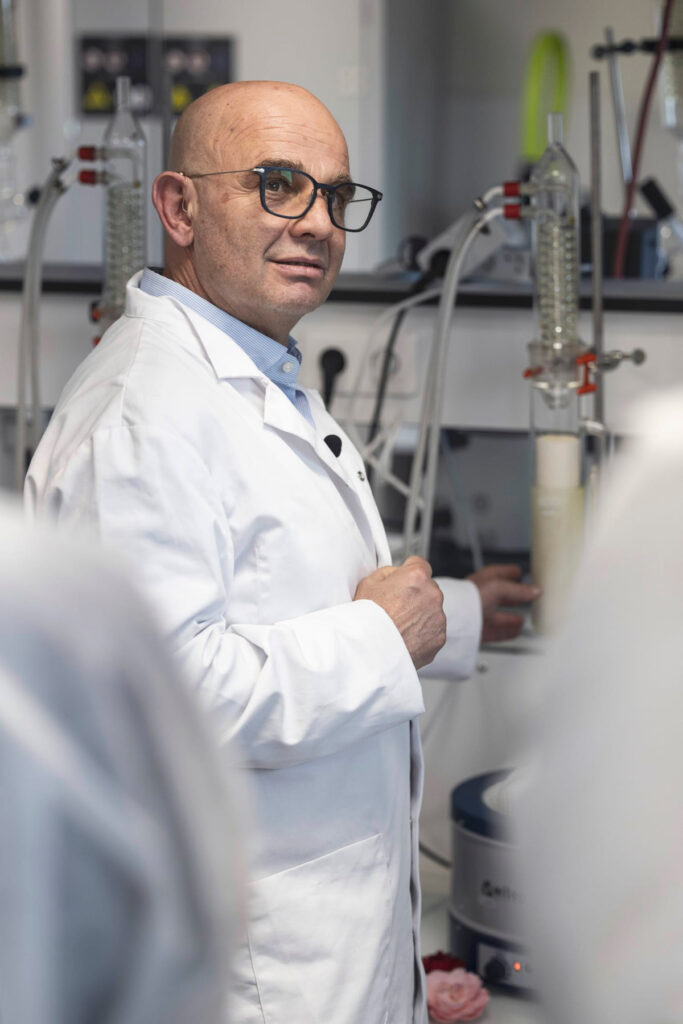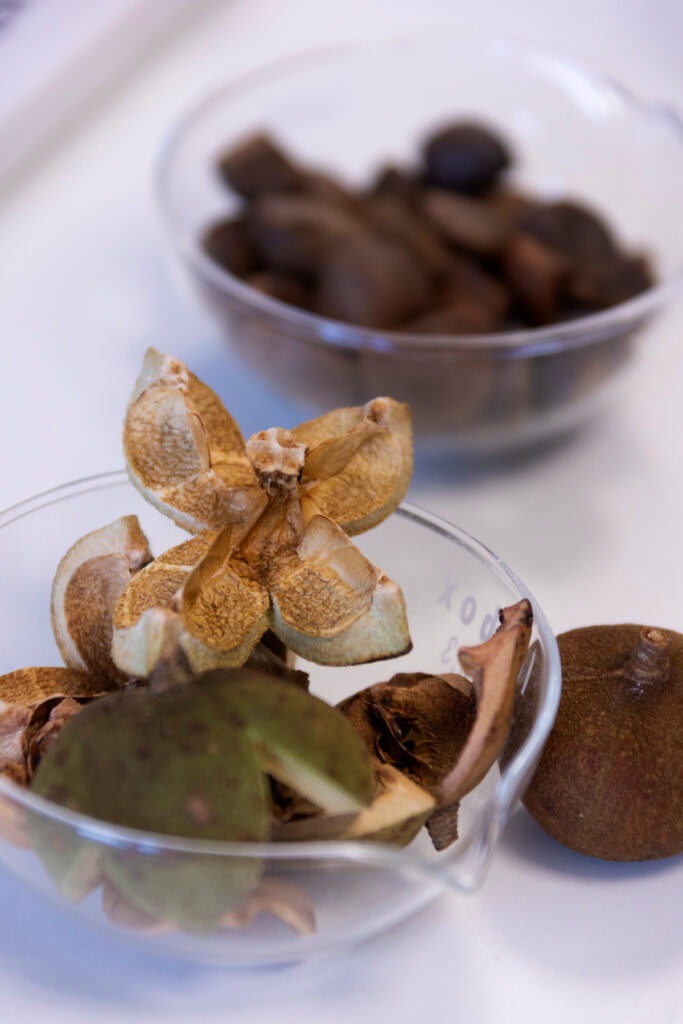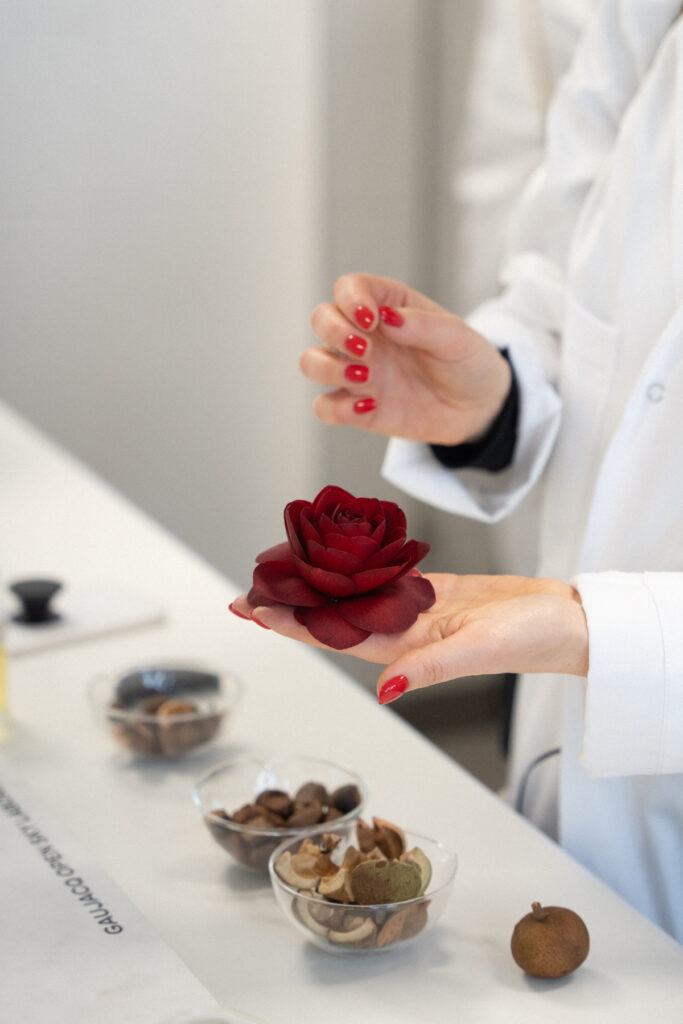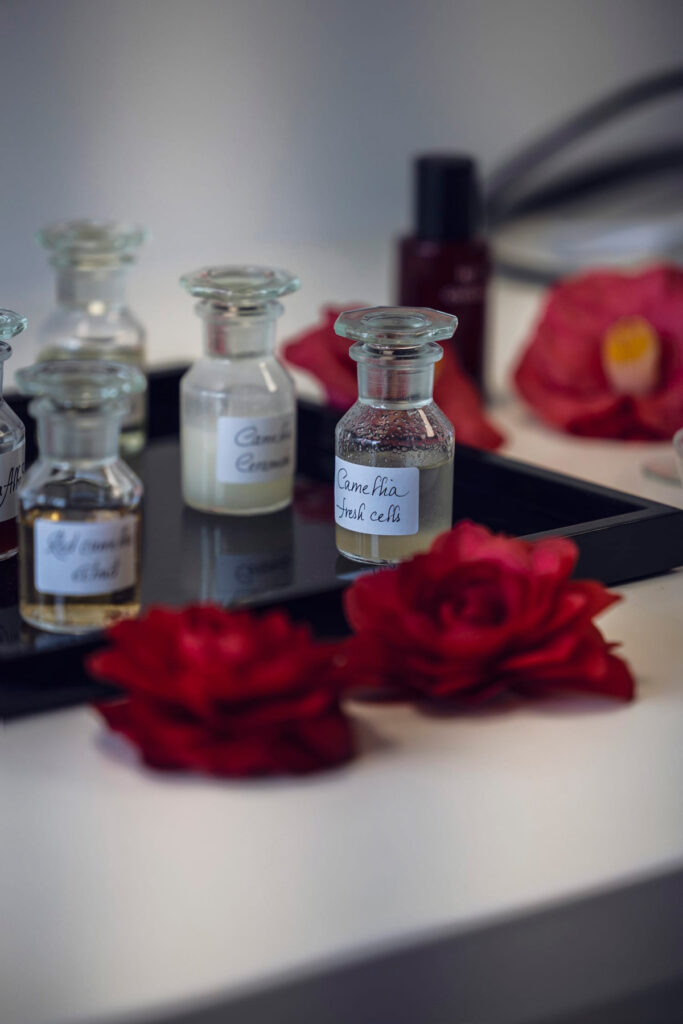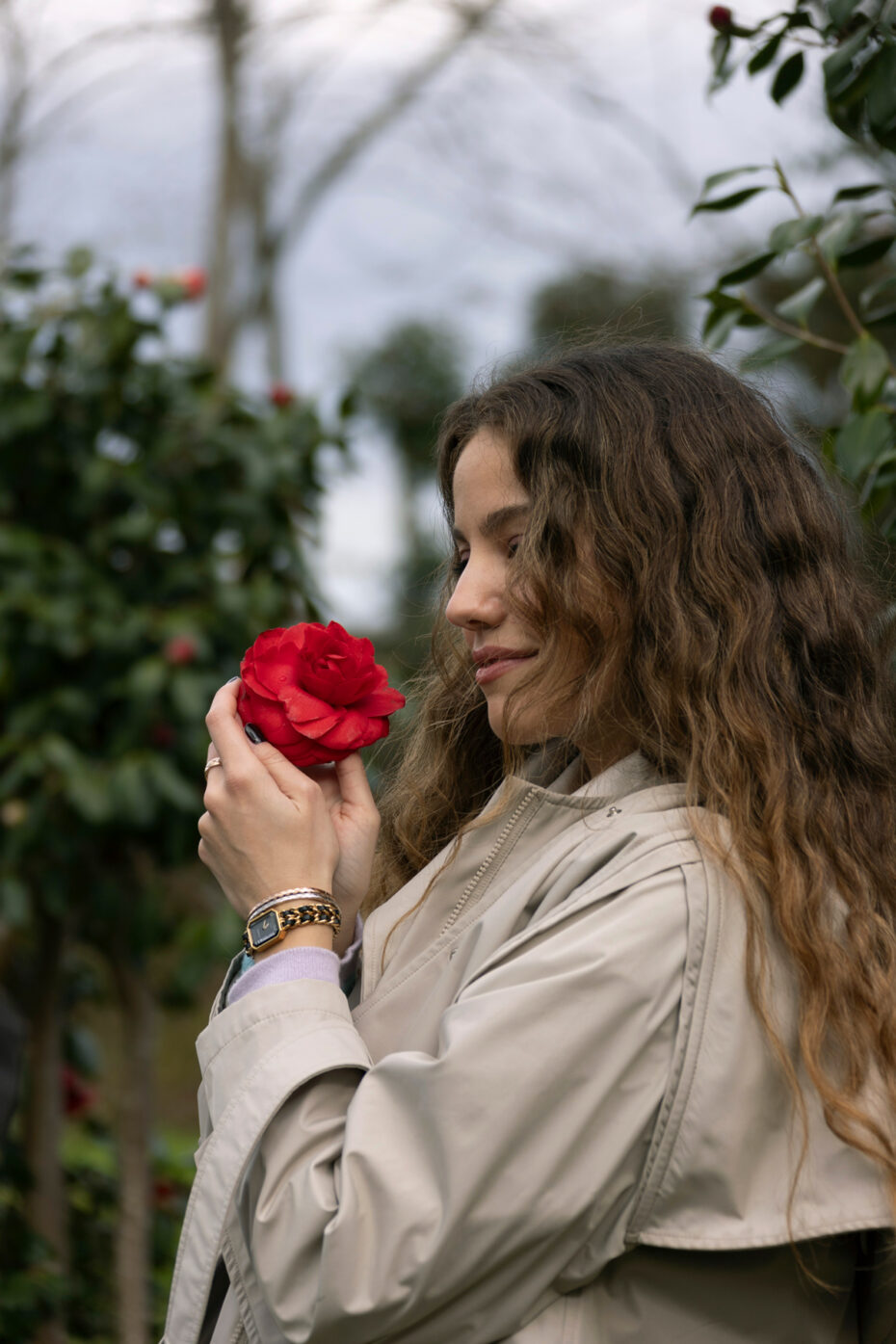
Photos: Anne Combaz and Zoé Joubert
Skin
Camellias Are Pure Skincare Magic, and Chanel Is Here To Prove You Why
Cansu Akın and I traveled to the Southwest of France to discover the remarkable Open Sky Lab, transforming the relationship between nature and skincare.
Text Valerie Dayan
Photos Anne Combaz and Zoé Joubert
Last month, I made a remarkable discovery that transformed how I view the relationship between skincare and nature. And I have witnesses. For this revelation, Cansu Akın and I took a train from Paris to the Southwest of France. Getting us ready for the unforgettable experience, Chanel spruced up our ‘Road to Camellias’ journey with a La Creme Main hand massage experience and a Chanel game book. Everything was beautiful, yet, looking back, nothing could prepare me for the overwhelming beauty and botanical findings awaiting us.
Our final destination is Gaujacq, a special place for the camellia flower and Chanel. The iconic House emblem and Gabrielle Chanel’s favorite flower, the camellia, is a botanical treasure with incredible skincare properties. Led by an integrative beauty approach, Chanel has implemented open-sky laboratories located in various parts of the world with unique climates. Gaucacq is one of them. The area between Béarn and Adour has a special micro-climate significantly similar to that of China and Japan, making the soil suitable for the camellia to grow. Chanel has been leading a project combining botanical experiments, science, tradition, innovation, and true dedication since 1998. Camellia japonica ‘Alba Plena’, the white camellia, and Camellia japonica, the red camellia, are the star ingredients in Hydra Beauty and No°1 de Chanel, the former for its hydrating, and the latter for revitalizing properties. The way these one-of-a-kind ingredients find their way into these products is a very astonishing story. And I’m starting the first chapter with Jean Thoby.
It’s a wet spring morning, and we wear our rain boots for the floral march. Jean Thoby, an international camellia expert, is our guide in his botanical conservatory, which houses over 2000 camellia varieties. He tells us that Gabrielle Chanel supposedly ordered two seedlings from the mother plants almost 100 years ago. The five-hectare conservatory is so heavenly and chic I would not be surprised if she indirectly had something to do with it.
The rain and the winds get tougher as we’re promenading around this botanical Eden. It’s as if the camellias want to show us their resilience and beauty right then and there. That’s their special power: The ability to withstand outside aggressors and get even stronger in time, which drew the attention of Chanel scientists to use the camellia flower as an active ingredient. So yes, there’s literally resilience in beauty. In collaboration with Chanel, and after many cultivation experiments, Jean Thoby grew the first crop of Camellia japonica ‘Alba Plena’ in 2009, a valuable species that would have been extinct otherwise.
From Jean Thoby’s botanical treasure tour, we walk down to Chanel’s camellia farm. The 70 hectares of land has 2700 plants of Camellia japonica ‘Alba Plena’, grown with agroecology practices and without any chemicals, strengthening the ecosystem between the crop, soil, and water. Phillipe Grandry, Crop Operations Manager, says this approach helps the camellias get even sturdier in time. Supporting the surrounding biodiversity and wildlife, including numerous insects, bees, and butterflies, is another crucial necessity and passion of Grandry.
Cansu and I stroll around in this quasi-magical land, where endless red camellias glisten with the post-rain sunshine. Each camellia that will become Chanel Beauty’s ingredients is handpicked after the morning dew and placed into wicker baskets. We get to inspect freshly picked red camellias right from the basket: They are majestic with otherworldly beauty and weigh much more than I thought they would.
But how do these resilient beauties are extracted to become skincare ingredients? We head to the Phytoanalysis Laboratory, led by Nicola Fuzzati, Director of Innovation and Development of Cosmetic Ingredients. Nicola Fuzzati is a very curious and lively man who has dedicated his life to studying and discovering the benefits of various plants worldwide. Camellia japonica, perhaps, has been one of his most rewarding botanical projects. The lab’s proximity to the farm and Jean Thoby’s conservatory makes this operation special. There’s direct communication to create the best crops to produce the most efficient ingredients. R&D of new extraction technologies is an important leg of Nicola Fuzzati’s work, so is guiding the harvest periods, as epicatechin properties of camellias vary seasonally. The Gaujacq lab works in proximity to Chanel’s advanced research laboratory in Pantin. His phyto-creativity takes things even further: He and his team have utilized the flower’s seeds to produce eco-friendly lids for the No°1 de Chanel creams.
Cansu expresses an instant admiration for his specific dedication to plants and scientific discoveries. It’s hard not to be moved by what he does in this special lab, but I think the same love and passion are present at all steps of the Open Sky Laboratory in Gaujacq. This progressive respect for nature, the long-term outlook, devotion to biodiversity, and unyielding desire to create the most effective skincare formulas is moving. From that day on, every time I use two of my favorites, Hydra Beauty Camellia Repair Mask and No°1 de Chanel Revitalizing Serum, I think of all the love, passion, and dedication put into those precious bottles. I hope you do, too.


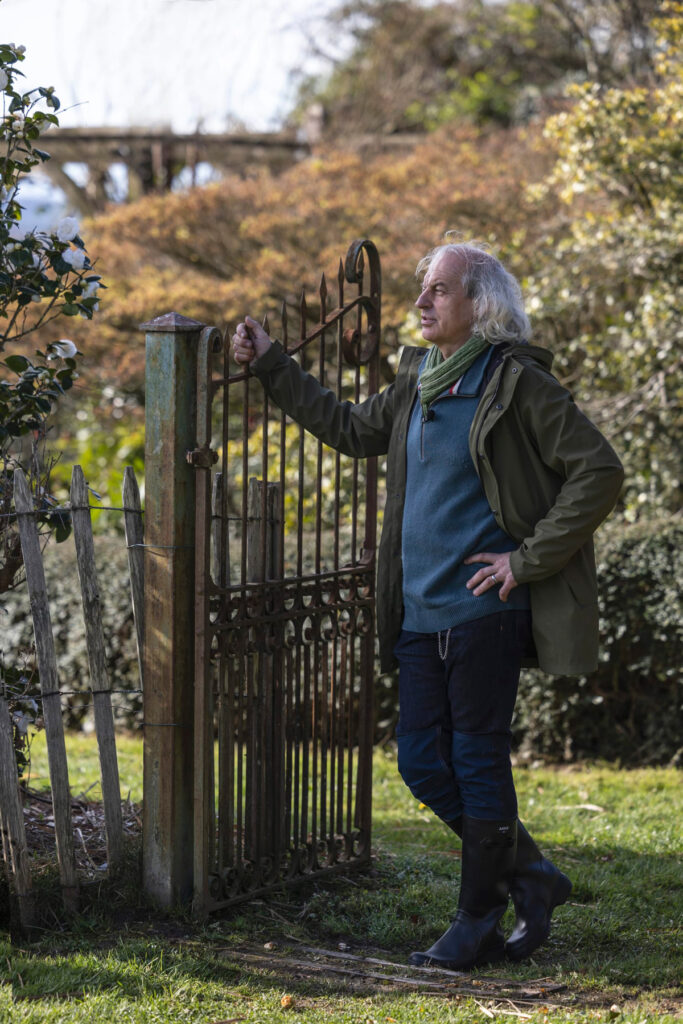
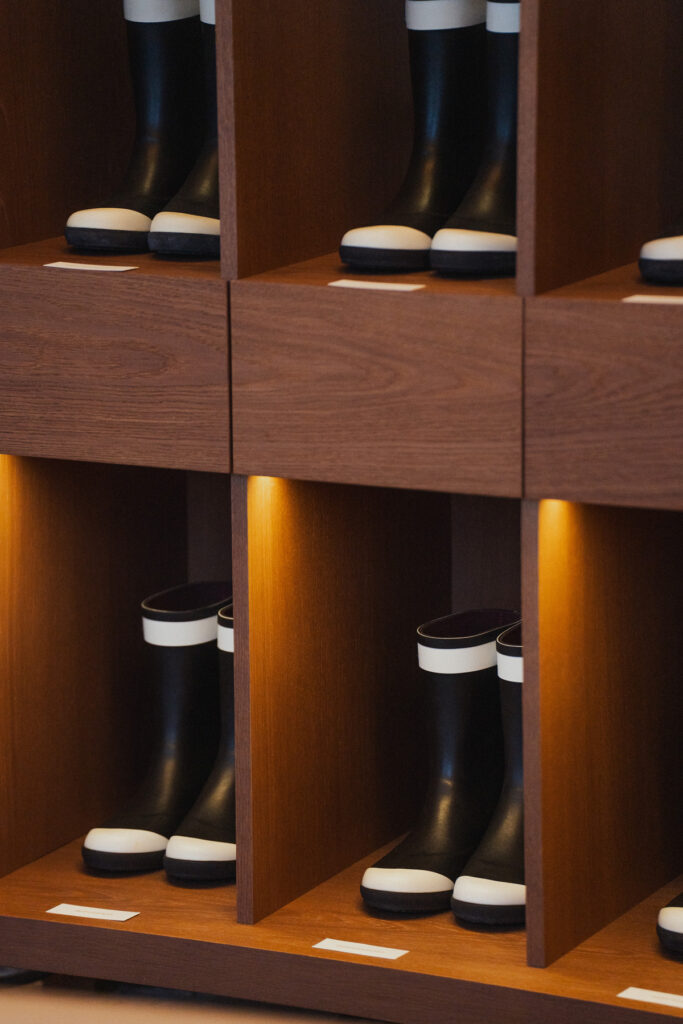
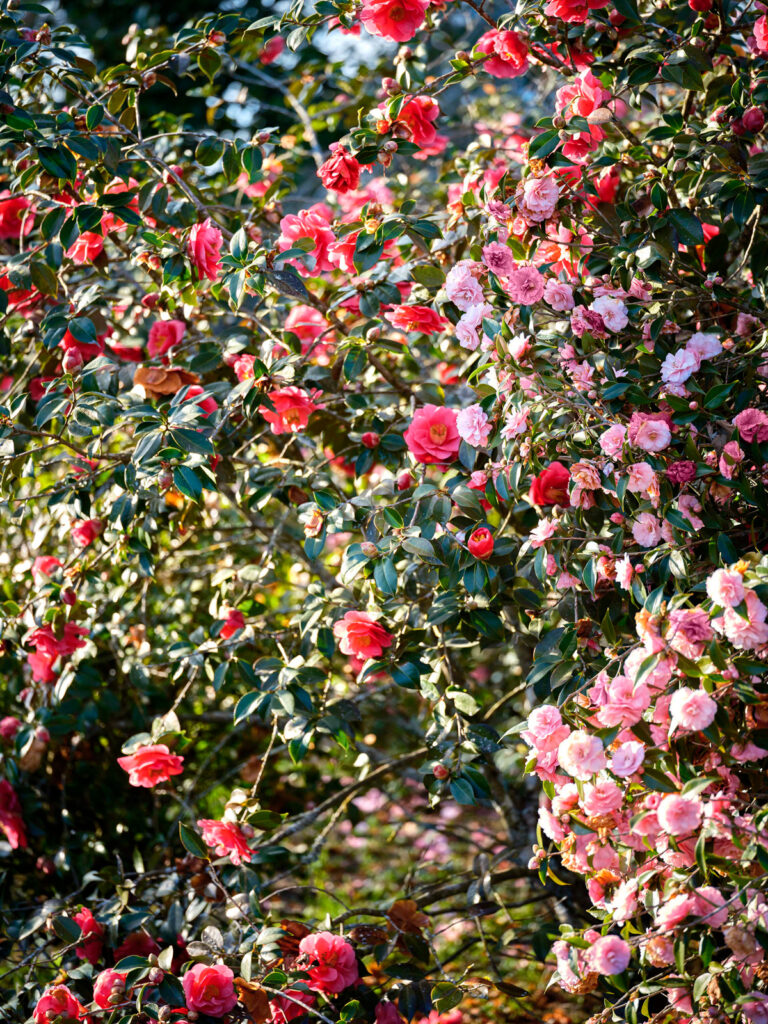
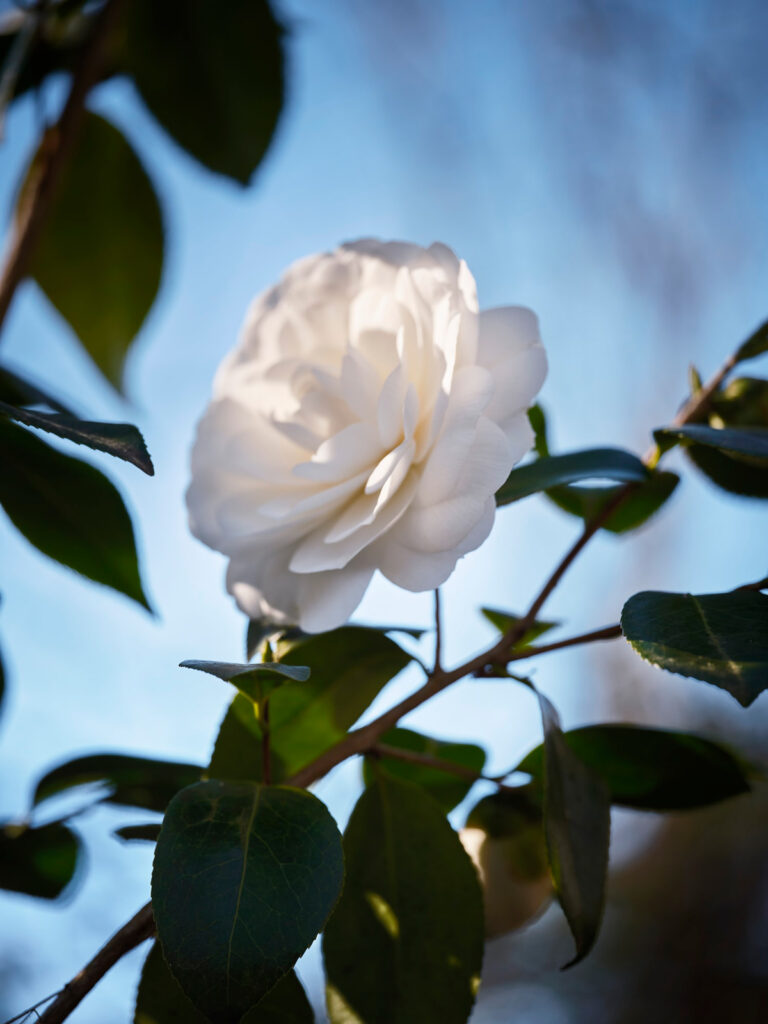
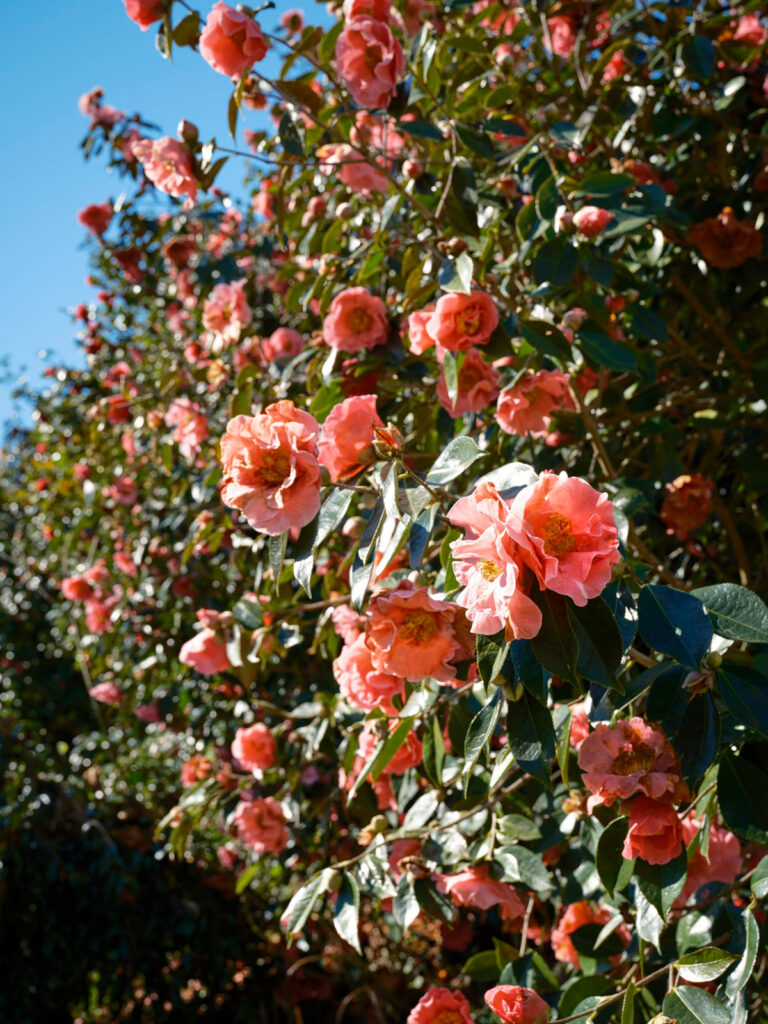
 Previous
Previous
